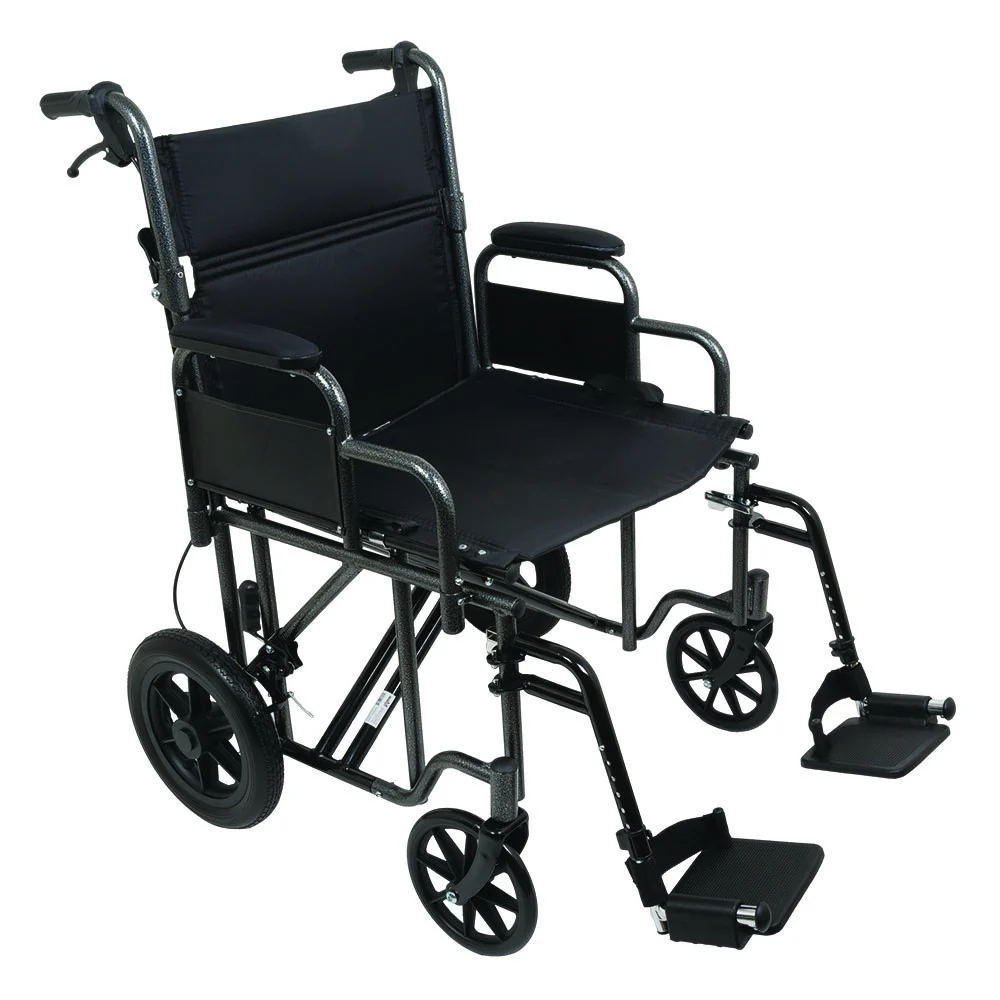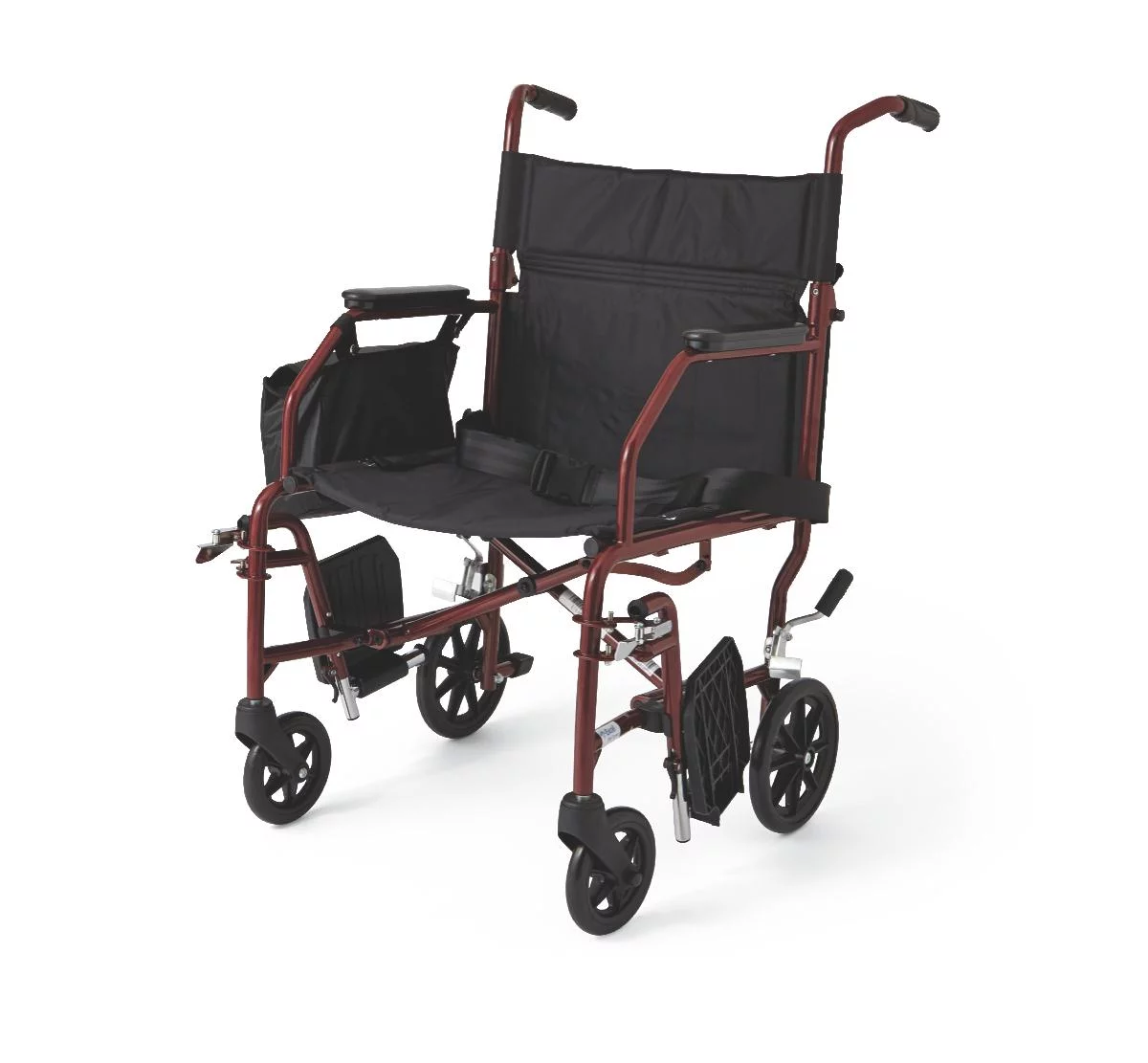
Is the stainless steel wheelchair easy to push and control?
2024-03-15 15:30
Driven by the continuous innovation and technological development of wheelchair manufacturing technology, the propulsion and control performance of stainless steel wheelchairs have gained new vitality. Users' needs for wheelchair propulsion vary widely. Designers have made the stainless steel wheelchair exhibit excellent performance in terms of propulsion and control through clever adjustments to structure and function. The following will delve into several key aspects of the propulsion and control performance of metal wheelchairs.
1. Tire design and hub material:
As a component that is in direct contact with the ground, the design and material of tires are directly related to the propulsion performance of the wheelchair. Some metal wheelchairs are equipped with high-performance rubber tires, which are lightweight and wear-resistant and have good grip and resistance, making it easier for users to push.
At the same time, the optimization of wheel hub materials also has a significant impact on propulsion performance. Using lightweight and high-strength alloy materials can reduce the weight of the wheel hub, reduce the overall burden, and improve the efficiency of pushing.

2. Control system and suspension structure:
Modern stainless steel wheelchairs are equipped with advanced control systems. Through the control handle or other control devices, users can more accurately control the direction and speed of the wheelchair. Some high-end wheelchairs also use electric power-assist systems to further improve control flexibility.
The design of the suspension structure is also the key to propulsion and control. A good suspension system can effectively slow down vibrations, improve the user's control experience on uneven ground, and enhance overall stability.
3. Safety of braking system:
Propulsion and control performance are directly related to the safety of the braking system. A high-quality braking system can not only provide reliable braking effect, but also respond quickly in emergency situations to ensure user safety.
Some advanced metal wheelchairs use electronic braking systems. Users can achieve flexible braking control through the control handle, which greatly improves braking accuracy and user safety.

4. Lightweight design and promotion efficiency:
The overall weight of the wheelchair is another key factor that affects propulsion performance. Modern design pursues lightweight and uses high-strength materials such as aluminum alloy, which greatly reduces the overall weight. The lightweight design is not only easy to carry, but also reduces the difficulty of pushing and improves the efficiency of pushing.
5. Seat design and ergonomics:
The design of the seat is directly related to the user's experience during the pushing process. Reasonable seat design can provide good support and reduce user fatigue when pushing. Ergonomic principles are applied to the shape and angle of the seat to make it more comfortable for the user when pushing.

6. Ventilation and user experience:
The seat ventilation design of a wheelchair is directly related to the user's comfort during use. The seat design with good breathability can effectively reduce the user's discomfort when pushing and improve the overall user experience.
Through continuous improvements in the above key aspects, the metal wheelchair has made significant progress in propulsion and control performance. These technological innovations not only improve the performance of wheelchairs, but also provide users with a more comfortable and convenient pushing experience. In the future, with the continuous development of science and technology, the promotion and control performance of stainless steel wheelchair will be further improved in an all-round way.








